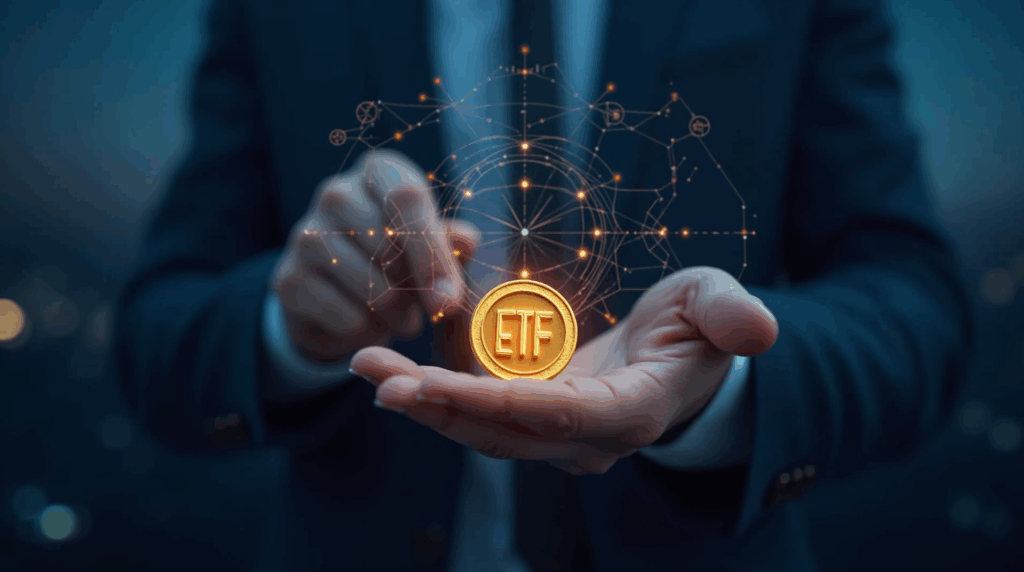BlackRock had a standout quarter as its crypto-related exchange-traded funds (ETFs) pulled in record inflows, underscoring that institutional appetite for Bitcoin and Ethereum is gaining momentum. The firm’s iShares platform recorded a banner quarter overall, and the crypto segment stood out as a key growth driver. This development hints at a maturing institutional adoption curve in digital assets.
During the third quarter, BlackRock´s iShares ETFs registered astonishing net client inflows of $205 billion, contributing to a robust performance in fees and organic growth. The crypto-related segment alone added $17 billion, pushing year-to-date inflows in those ETFs to about $34 billion. As of September, BlackRock’s total crypto assets under management reached nearly $104 billion, about 1 % of its total assets.
The iShares Bitcoin Trust (IBIT) has emerged as a standout in the lineup, surpassing many legacy funds in terms of profitability and net asset holdings. BlackRock’s recent Ethereum ETF (ETHA) also gained traction in 2025, becoming one of the fastest funds to cross significant asset thresholds.
Institutions are drawn to crypto ETFs not only for exposure, but for regulatory clarity, custodial safeguards, and simpler accounting compared to direct holdings or self-custody.
Institutional interest powers BlackRock´s crypto ETF growth
This wave of institutional capital inflow coincides with a broader macro backdrop: persistent inflation, dollar weakness, and fiscal pressures. Many investors appear to be viewing Bitcoin (and crypto more generally) as part of a “debasement trade” hedging against fiat erosion.
Meanwhile, Bitcoin’s growing correlation with gold further reinforces its narrative as a store-of-value or inflation hedge.
In sum, BlackRock’s record ETF inflows reinforce the notion that institutional demand for digital assets is no longer speculative — it’s becoming foundational. How this capital behaves under stress and fade conditions will be closely watched, but for now, the trend clearly favors deeper institutional integration.

